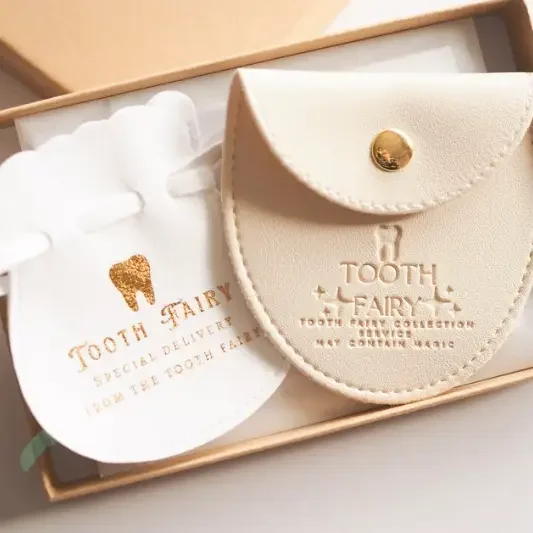Navigating Your Child’s First Tooth Coming Out
A Sweet Milestone in Your Child’s Growing-Up Story
It’s one of those moments that feels both exciting and bittersweet — your child’s first wobbly tooth. Suddenly, you’re reminded that they’re growing up (perhaps faster than you expected).
The arrival of the Tooth Fairy can be magical, but the process leading up to it can also be filled with questions, wobbles, and sometimes a little worry. Here’s how to navigate this milestone with calm, care, and a sprinkle of fun.
When Do Children Start Losing Teeth?
Most children lose their first tooth between 5 and 7 years old, though anywhere from 4 to 8 can be perfectly normal. Usually, the bottom front teeth (lower central incisors) go first, followed by the top ones.
The timing often follows the order the teeth appeared in the first place — the ones that came in first are usually the first to go.
Signs the First Tooth Is on Its Way Out
You might notice:
A tooth starting to wiggle when touched
Your child mentioning it feels “funny” or “loose” when biting
A small gap appearing around the tooth
Mild gum redness
It’s important to reassure your child that this is a natural process — their body is making room for strong, grown-up teeth.
Should You Wiggle It Out?
Gentle wiggling with clean fingers or the tongue is fine — but avoid forcing it out before it’s ready.
If the tooth is only slightly loose, it may still need more time.
If it’s hanging by a thread, it will often fall out naturally during eating or brushing.
Forcing a tooth can cause unnecessary pain and bleeding, so let nature do most of the work.
Caring for the Gap
Once the tooth comes out:
Expect a little bleeding — apply a clean tissue or gauze for a few minutes.
Keep up daily brushing, being gentle around the gap.
Offer softer foods if the area feels tender.
And don’t be alarmed if the permanent tooth doesn’t appear right away — it can take a few weeks or even months.
Introducing the Tooth Fairy
The Tooth Fairy tradition can be as simple or elaborate as you like. Some ideas include:
Classic coin or note under the pillow — maybe even a shiny £1 or £2.
A tiny letter from the Tooth Fairy — with encouraging words about brushing.
A keepsake pouch or box — so the tooth is easy to find and doesn’t get lost in the night.
A sprinkling of glitter “fairy dust” — for a magical touch.
If your family prefers to skip the fantasy element, you can still mark the moment with a small treat or keepsake.
Making It Special
This is more than just about teeth — it’s a rite of passage. You might:
Take a photo to mark the gap-toothed smile stage
Start a “Tooth Chart” to record when each tooth falls out
Share your own first-tooth story with your child
Small traditions create big memories.
Final Thoughts
Your child’s first wobbly tooth is a sign they’re growing, changing, and stepping into a new stage of childhood. Whether the Tooth Fairy visits or you simply share a cuddle and a coin, the most important thing is your reassurance, presence, and joy in celebrating this milestone together.
At Neutral Nest, we’re here for all of life’s little “firsts” — with gentle guidance and ideas to help you create moments your child will remember long after the fairy dust settles.
